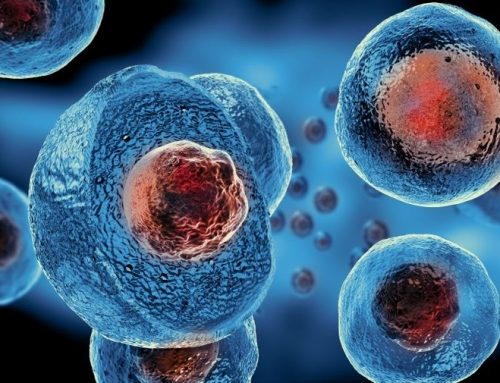Typhoid fever is a life-threatening infection caused by the bacterium Salmonella enterica serovar Typhi. It usually spread through contaminated food or water and lack of proper sanitation. Several surveillance reports, found that typhoid incidence between 2003-2004 was 214/100 000 among all ages in the Indian site of Kolkata. Salmonella enterica serovar Typhi, an extremely aggressive bacteria with a case fatality rate of 1% to 4%, is the source of typhoid fever. Incidence rates in the Indian subcontinent estimated to be more than 60 lakh cases of typhoid illness each year. In various nations, 27% of cases involve the age range from 0 to 4 years. Acute febrile illness commonly as enteric fever is brought on by ingesting Salmonella enterica serotype Typhi (S Typhi) or serotype Paratyphi A, B, or C.
Typhoid and paratyphoid infections primarily cause bacteraemic febrile illnesses . Symptoms include prolonged high fever, headache, and malaise. The majority of non-typhoidal Salmonella spp. infections typically cause diarrhoeal illness and less frequently cause bloodstream infection. Outbreaks and epidemics of typhoid and paratyphoid fevers are major public health problems. It is especially in regions lacking access to safe water and food.
Indian recent news sources indicate the 100% of S. typhi are susceptible to the first line of treatment and ceftriaxone enhanced sanitization, safeguarded water supply, prudent antibiotic usage and typhoid vaccination. The reduction of illness burden is by the conjugate vaccination.
Goal of I3T is to reevaluate the prevalence of invasive Salmonella infection in Kolkata from etiological evidence.
To know more : https://www.medicalnewstoday.com/articles/156859



